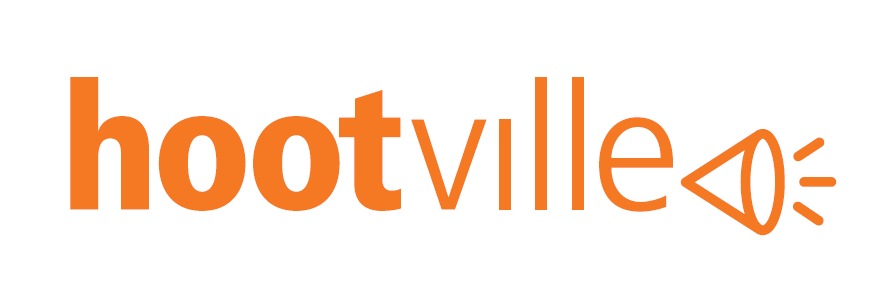Media relations musings
I've been racking up some media coverage for clients including Sexual Assault Services Victoria lately and have been reminded of some media relations truths. I train folk in this stuff but I've been happily surprised on several fronts.
1: There's still a LOT of media to be had
But only for those who put their hand up for it. Those who don't seek media coverage ("the CEO had a bad experience once", "we are small", "we've never done it before") are missing out. By choice. Dumb choice.
2: Media is more open to manipulation.
As one client said to me recently: the journalists aren't as cynical as they used to be. True. They are younger, more pressured, less specialised than ever.
One client had a radio interview over the weekend. The co-hosts repeated my media release / briefing word for word and asked most of my suggested questions in the exact language I'd provided.
3: Proactive approaches can work very nicely thankyou.
My friend Kate Morgan is a funeral director (should come in handy one day) so I've been approaching media as a favour, talking about her campaign to bring the world's second oldest profession into the twenty-first century.
Her real publicist got the hit above but here's what I've done to build some meaningful new media relationships for her.
Helped write a one page introduction to Kate, her business, funeral philosophy and back story.
Googled for news stories around funerals, burials, death, dying, the role of ceremonies in 2024 etc.
Contacted the journalists and emailed them a tailorable message:
Dear Journo,
I saw your piece on funerals / the changing role of ceremonies / how cost of living is impacting funerals and thought I'd introduce you to Kate Morgan.
I include a link to their story to demonstrate my deep research. Contacting a journalist with at least some existing exposure / insight into your issues boosts your chance of success significantly.
Then I wrote a par hyping Kate with some sort of reference to an angle that the story addressed - perhaps the lack of transparency in funeral costs, the role of women in the industry, environmental impact of cremation or the need for more diverse and personal ceremonies. These are all strong suits for Kate who is also assisted by an intriguing backstory.
Note there is NO catalyst for this. It's very much a keep-this-on-file-for-the-future vibe. Light and breezy.
I attach the one page intro, hit send and say a quick prayer to Saint Bernadine of Siena. Fast, low-skill, repeatable, zero cost. If it can work for funeral directors it can work for you.
To date, two big media outlets have actively expressed interest with a coffee meeting locked in. This is from 10 or so emails (though I told Kate I'd emailed dozens.)
Who knew that journalists still met talent for coffee and exploratory conversation? Not me.
4. Media coverage leads to more media coverage.
Nobody consumes media as avidly as journalists who are constantly scanning to discover who is who in the zoo, who has something interesting to say and to decipher the issues at play. If you are in the mix, you'll be spotted. If not, you won't.
Also - Google. Journalists are human so when tackling an issue - especially one with which they are unfamiliar - they will Google. Your media coverage will pop up. That's why I received a call from the New York Times last week which has since published a piece on gendered violence across our wide brown land.
5. Be comfortable saying NO (politely)
Two clients - in childcare and a peak body - had three mainstream media opportunities last week. It goes against my instinct but I advised them to pass.
One story revolved around service cutbacks. There was little to gain from going public and stakeholders had already been informed and met.
Infact any media activity risked putting key (and risk-averse) stakeholders offside. I used the opportunity to have a couple more conversations with the journalists who took it in their stride and now understand my clients more clearly.
In fact my client used it to draw someone else into the mix and got them exposure, changing the focus of the initial story - great outcome.
6. Big podcasts are pay-to-play
A globally-successful podcast received my client's pitch and offered my client an interview - for $25,000. Ouch.
